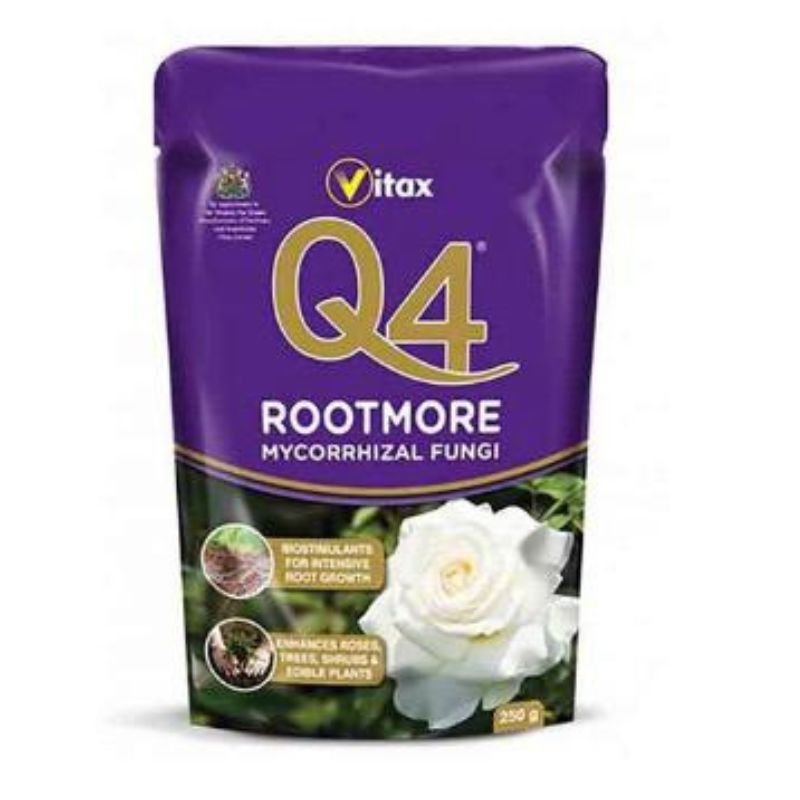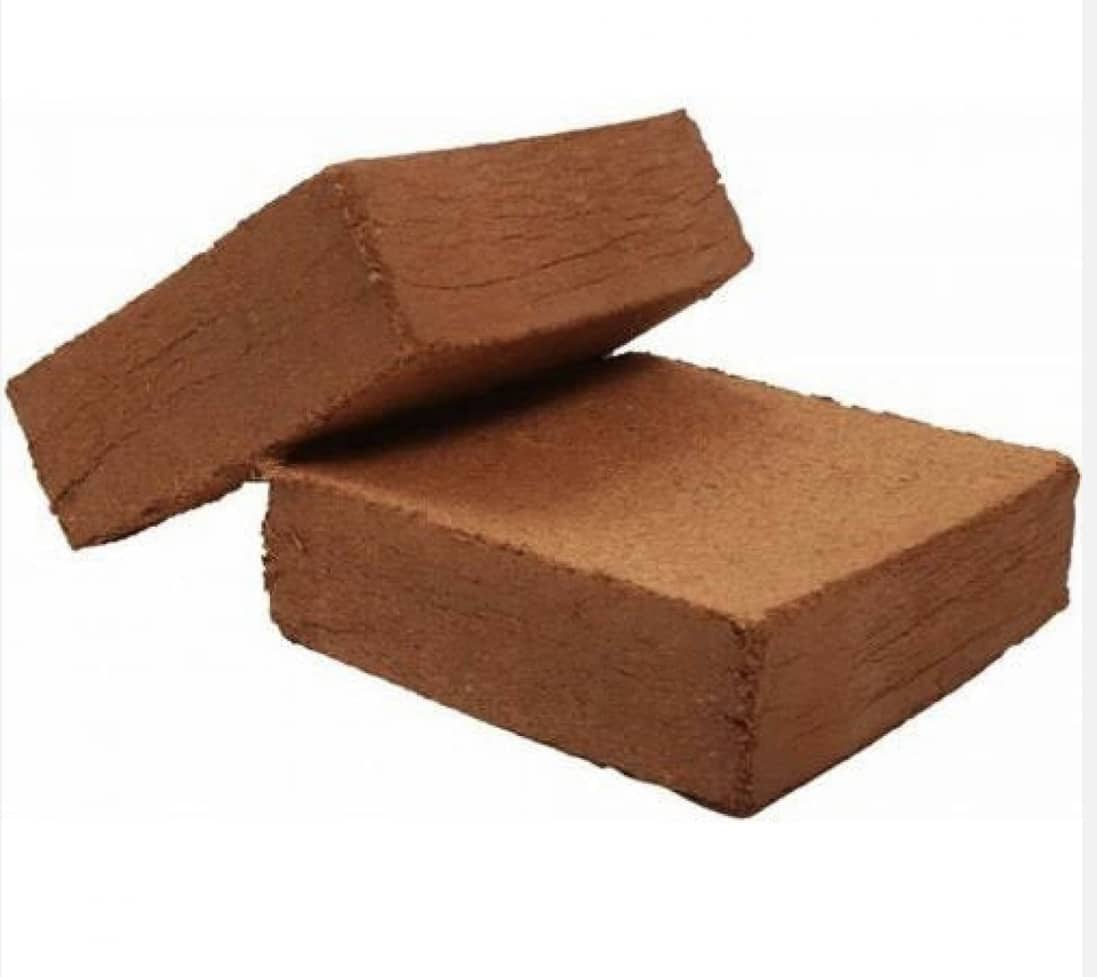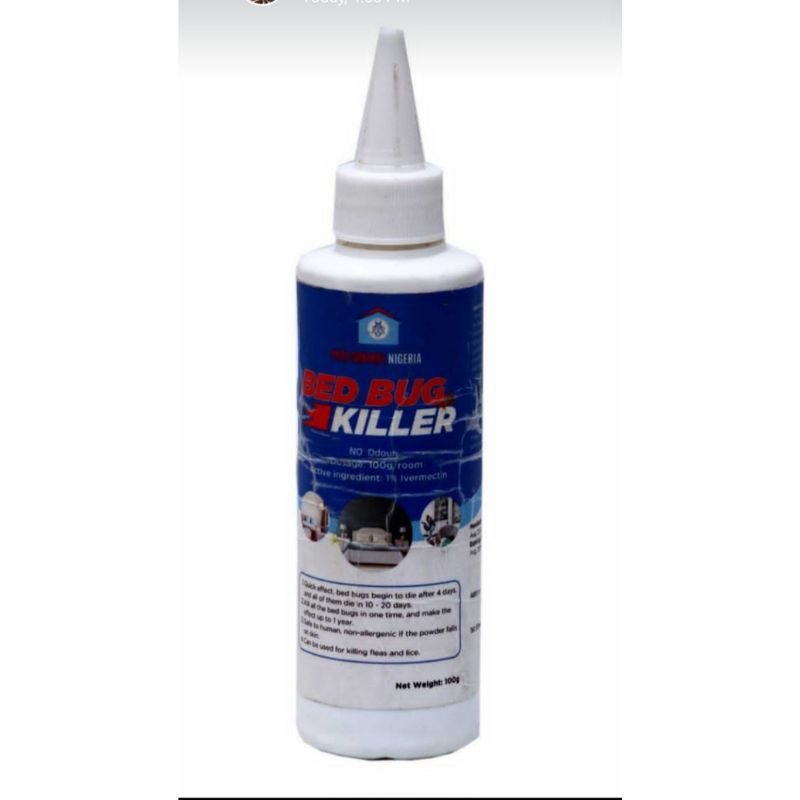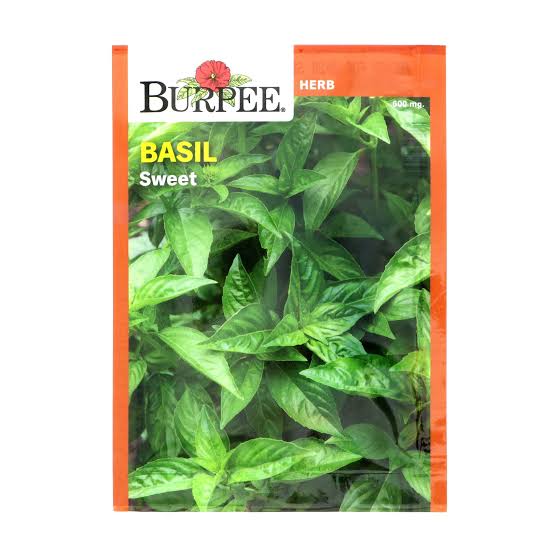Common Pests found in Your Vegetable garden
Having to deal with pests when gardening is one thing you have to prepare yourself for. Like it or not, pests are always part of our gardening journey and while it’s impossible to completely get rid of them, there are certain effective ways on how to manage and control them.
What are pests, by the way? An insect or any form of small animals that can potentially destroy your crops are considered as pests. Pests attack plants and bring forth destruction therefore affecting its productivity and quality. Some pests attack specific plants while others are attracted to almost any plant.
In this article, we will talk about the common pests that you will most likely encounter in growing tropical vegetables.
Caterpillars
Although they make lovely butterflies, caterpillars are such a pain to a gardener because they can easily make your leafy vegetables go bald. Brassica species such as broccoli, cabbage, kale and cauliflower are an easy target.
Caterpillars are the larval stage of butterflies and moths and they have long cylindrical bodies. They feed on almost all of the plant parts including leaves, flowers, soft stems, and fruits. Once spotted, you have to remove them immediately from your plants to prevent severe damage. But don’t kill them! You can transfer them to other plants that are not of much value to you.
Snails and Slugs
Like caterpillars, snails and slugs are also one of those pests that cause severe damage on plants. However, it’s a bit difficult to catch them at work since they attack plants during the night when most of us won’t pay attention. What a sleek move!
They eat the leaves of your vegetables leaving them almost naked. It can be a pretty devastating scenario to greet you during your morning garden walk. The months of May through July must be watched out for the most since this is the time when they lay their eggs.
If you’re wondering how your plants are getting bald without seeing any caterpillar around, go check during the night and you’ll see slugs and/or snails. What you can do is remove them manually but this is not a sustainable approach. There are various ways to control these pests like the following:
Use of Irritants
Putting coffee grounds and eggshells around the base of your plants will also prevent them from getting anywhere near their target. Another effective material you can use is wool pellets. By spreading them on the soil below the plant, it creates an irritating, absorbent mat that works as a natural slug repellent. These will discourage these slugs and snails away from your plant.
Some gardeners use Diatomaceous Earth (DE) which is a safe alternative to conventional chemical insecticides. DE contains microscopic razor sharp edges that can trap and irritate slugs or snails once they get in contact to. The decreased mobility will cause snails or slugs to perish due to dehydration. However, DE should be replaced frequently especially after the rain.
Adding Protection
Another method that works is placing copper slug and snail tape around the pot or bed of your plants. This self-adhesive tape passes tiny electrical charges to the slugs and snails if they try to cross. As a result, your plants get protected. The copper tape does not kill the snails or slugs though.
Other Methods
If slugs and snails get difficult to handle, it’s time to use other methods to keep them in control. You can use Slug Killer Pellets. These are ready to use and often give immediate results.
Aphids
Also known as plant lice, these small, pear-shaped insects damage plants by sucking on their sap. They grow in clusters leaving a honeydew excretion on the surface of the plant parts being attacked.
When aphids grow in population, they can easily reduce the plant vigor that can lead to its death. Thus, you need to control them during the early stages.
Spraying infected areas with a solution containing neem oil, garlic extract, and dishwashing liquid or soap would help kill these pests.
Grasshoppers
Another type of pests you’ll most likely to encounter in your vegetable garden are grasshoppers. They are particularly destructive when they appear in large numbers and start plaguing your plants. They can be very destructive because they are voracious eaters chewing on the leaves and the stems of the plant. They have the ability to defoliate an entire plant!
One way to prevent the growth of the grasshopper population is to reduce the weeds and tall grasses around your garden. By doing this, you are creating an unlikely environment for them to lay eggs and reproduce in your area because they do not have something to feed on.
Flea Beetles
An enemy of the young plants, these flea beetles are a type of leaf beetles that love chewing on plant leaves. They create numerous holes on the leaves of many vegetables like radishes, broccoli, cabbage, turnips, eggplant, peppers, tomatoes, potatoes, spinach and melons leaving them wilted and stunted. The larvae also chew on the plant’s roots.
Placing a yellow sticky trap around your garden would help attack and trap these flea beetles. For best performance, we recommend using density of 1 pcs/200 square feet or 200pcs/1 acre.
Some pests are easy to manage while others are difficult to control. Remember that there is no single way to prevent pest infestation. Pest management should always involve a combination of biological, cultural, and chemical practices in order to be effective.
Nevertheless, this should not derail you in pursuing your gardening journey. Just be ready to face them when they come.











